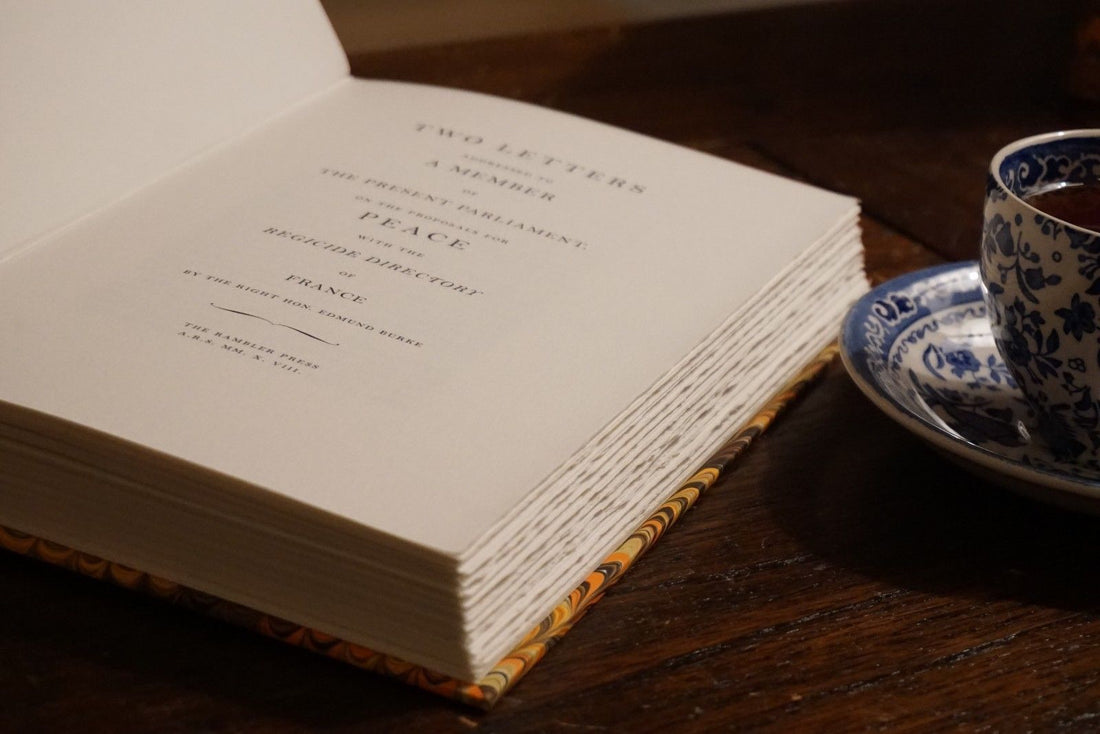
Beautiful Historical Books from the Regency Era – Collecting Rare Regency-Era Masterpieces
In the world of bibliophiles and history lovers, few periods shine with as much brilliance as the British Regency era, roughly between 1811 and 1820. Though relatively brief, it left behind some of the most beautiful historical books ever produced, volumes that combined knowledge with the finest artistry of their time. For collectors today, Regency-era books are far more than old paper; they are treasures where literature, design, and craftsmanship meet in harmony.
The Regency was a cultural golden age. With King George III incapacitated, his son, the Prince of Wales—later George IV—became Regent, ushering in a period marked by elegance in architecture, refinement in the arts, and sophistication in publishing. Books of this era reflected the taste of a growing elite that demanded not only profound literature but also exquisite editions. They were produced with an attention to detail that makes them stand out even now, two centuries later.
One of the defining qualities of Regency books lies in their typography. Printers like William Bulmer elevated the craft by developing elegant typefaces and layouts that balanced classical proportions with clarity, ensuring that every page pleased the eye as much as it informed the mind. The pages themselves were printed on fine hand-laid paper with warm, textured tones that feel distinct from the smooth finishes of modern production.
Equally impressive were the bindings. Many Regency volumes were clad in richly dyed Morocco leather, decorated with intricate gilt tooling and blind stamping. Spines gleamed with hand-gilded titles and patterns, while marbled endpapers and silk headbands spoke to the painstaking artistry invested in each edition. To hold such a book is to experience a tactile reminder of how publishing was once a branch of decorative art as much as a medium for text.
Illustrations added another layer of distinction. Aquatints and engravings, often hand-colored, transformed books into visual feasts. Travel accounts, architectural studies, and historical treatises came alive with fold-out maps, detailed engravings, and delicately tinted plates. Works such as Pyne’s Royal Residences exemplify this marriage of scholarship and beauty, offering readers a glimpse not only into royal palaces but also into the peak of Regency printing.
The content of Regency-era books reflected contemporary fascinations with history, antiquity, and exploration. Translations of classical texts stood alongside grand histories like Edward Gibbon’s Decline and Fall of the Roman Empire. Large-format projects such as Boydell’s Shakespeare Gallery editions showcased the ambition of the period, uniting literature with visual art in ways that continue to inspire collectors today.
For those drawn to collecting Regency rare books, the journey begins with an understanding of what makes these volumes valuable. Original bindings in good condition, intact multi-volume sets, and clear provenance can significantly elevate a book’s worth. Equally important are the marks of famous binders or printers, which add layers of historical and artistic interest. Today, trusted sources include renowned antiquarian booksellers in London such as Maggs Bros. and Peter Harrington, as well as international dealers and auction houses like Sotheby’s and Bonhams. Even boutique antiquarians, such as Rambler Press in Central Europe, have become gateways for enthusiasts to access these treasures.
Caring for Regency books is as vital as acquiring them. These volumes have survived two centuries, but they require a stable environment—moderate temperatures, controlled humidity, and protection from light. Handling should be done with care, ideally with gloves, and any repairs must be left to professionals. Proper stewardship ensures that these artifacts can continue to delight future generations of collectors and scholars.
The allure of Regency books lies not only in their beauty but also in their investment potential. Their market value remains strong, with notable editions consistently achieving impressive results at auction. A complete set of Pyne’s Royal Residences, for example, recently sold at Bonhams for over £30,000, illustrating the enduring demand for these works. Collectors are increasingly drawn to tangible cultural assets, and Regency volumes perfectly embody this trend.
In our digital-first age, the significance of these books feels even greater. When so much of reading is reduced to screens, the tactile pleasure of turning a hand-printed page, the scent of aged leather, and the sight of gilded edges remind us that a book can be both knowledge and art. Owning a Regency-era historical book is not merely about possession; it is about connecting with a fragment of the past that continues to radiate beauty and meaning.
